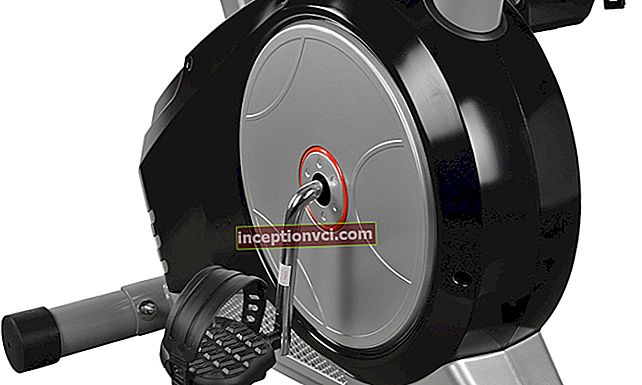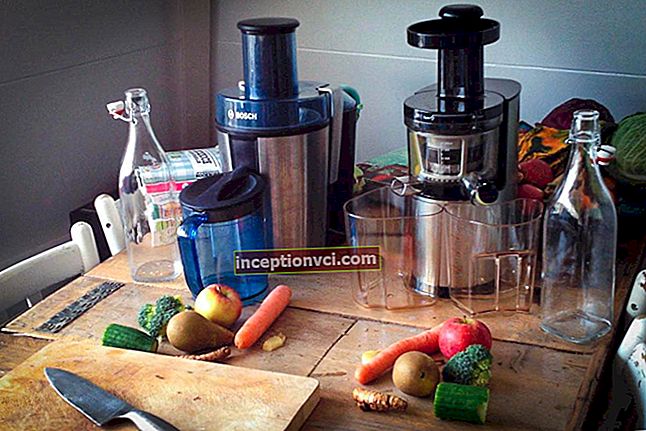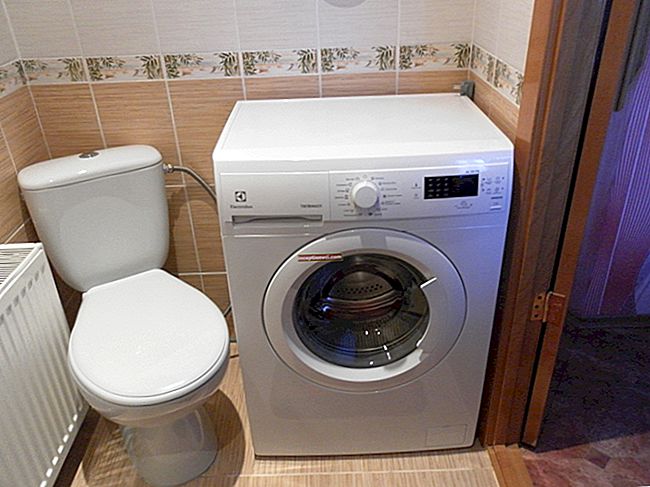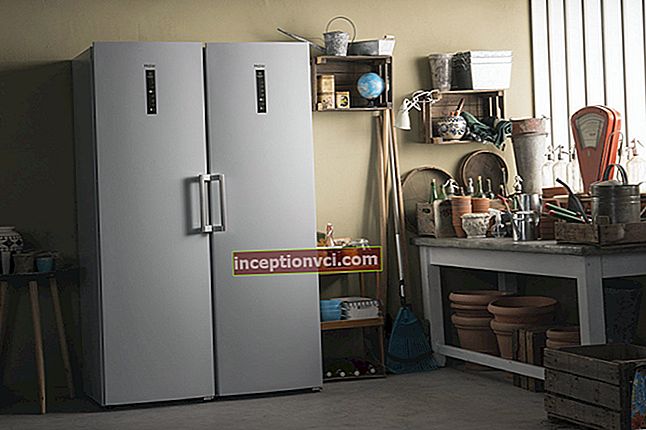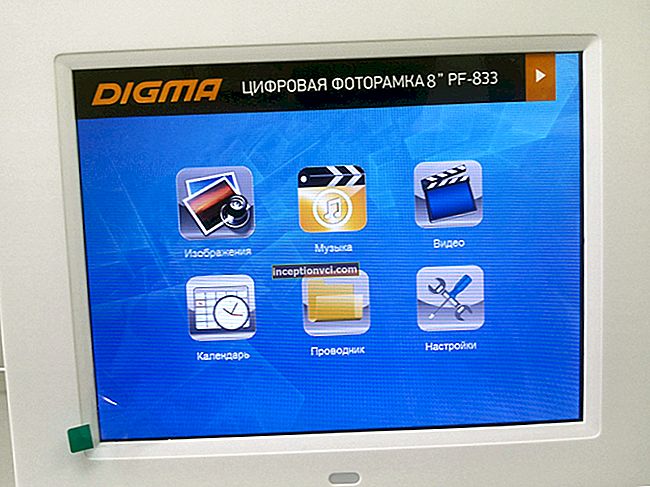Canon EOS 500D camera review
Introduction
Canon's new flagship model is aimed at the entry-level user, bringing together the best of its expensive siblings at an affordable price in a compact body. The EOS 500D features a 15.1-megapixel sensor and HD video recording. The perspective of video capture using interchangeable lenses gives ample opportunities when shooting video clips with this camera. Previously, you would have had to wait a long time for a price cut on the Canon 5D Mark II to try new possibilities when recording video. Now, thanks to the new camera, this opportunity will appear for many videographers.
Design and management.
Externally, the camera is very similar to the Canon EOS 450D, with minor cosmetic changes. Added microphone holes on the front, and a speaker on the back. The weight of the camera has remained almost unchanged with the lens, battery and card, the camera weighs 725.9g, and without the lens 526g.
The front panel contains a grip used to grip the camera while shooting. Its surface is covered with rubber to provide better grip of the fingers. On the top panel above the grip there is a camera control dial located horizontally for ease of use. On the right side there are microphone holes, and below, below them, there is a platform with the EOS logo. At the top of the case, the main difference is the silver mode dial. On it you will find two new icons, the first for the Creative Auto mode, and the second for the video mode. In this camera, just like in the Canon 5D Mark II, you can use Live View during movie recording. However, you can only enable movie recording with the mode dial. This method will be more familiar to users of compact digital cameras. Here you will also find the ISO change button, it protrudes from the body, which makes it easier to use, especially when shooting with the viewfinder. On the back of the Canon 500D, you'll find a 920,000 dot LCD. Its quality has improved due to the higher resolution. Of the new icons on it, you will find the D + icon appearing from the ISO number and showing the priority of light shades (you can turn this function on or off through the shortcut menu). The quick access menu is now activated with the SET button. And you can turn on the Live View mode using the two buttons Print and DISP. Another change on the rear is the assignment of the metering mode key. Now pushing the four-way joystick up activates the white balance change, and the metering mode selection can be changed through the quick menu or from the main menu. In the upper right corner, next to the textured leather-lined thumb pad, you'll find new holes behind which a speaker is located for sound reproduction. The Canon camera uses the new DIGIC 4 image processor. It has been able to achieve improved processing speed for 15 megapixel files. DIGIC 4 also shows good results with noise reduction. And, of course, improvements like menu animations and increased ISO range can also be attributed to it. Camera functions Peripheral illumination correction compensates for vignetting at the corners of the lens. Correction takes place depending on the attached lens. When you select the corresponding menu item, a window is called up in which you can see which lens the camera has detected or enable / disable this function. Expansion of values of photosensitivity. This is the first camera in this class to use ISO expansion. The expansion is certainly not great, but using it will allow you to shoot in low light conditions.The manufacturer expanded the standard range to 3200 and introduced two additional settings allowing you to shoot in the equivalent of 6400 and 12800. Creative Auto mode is a cross between Auto and Program modes. When using CA mode, the Canon 500D allows the user to customize flash modes and resolution. Aperture settings are converted to more intelligible background blur, and exposure level is displayed using the exposure compensation slider. The camera makes the choice of all other parameters by itself. Sometimes, when shooting indoors, the effect of changing the settings is not visible, in which case the camera automatically turns on the flash. The Live View function has become standard for modern cameras, its operation is no different from similar modes in other cameras. Autofocus in Live View mode is available in two types, the first is fast autofocus that uses image contrast and the second that uses mirror up to focus. This focusing method is available only when using manual and semi-automatic shooting modes. Using this focus mode, though, gives a slight lag during shooting. But it has a lot of advantages, for example, you can see the focus on the screen, and the camera shows in advance the area on which it decided to focus. After adjusting the sharpness on the screen, you can see if the subject is actually in focus. In this case, you can enlarge the image 5 or 10 times by pressing the button in the upper right corner of the rear panel of the camera. Also, when using this focus mode, you can focus on the face in the frame. The powerful processor allows you to simultaneously find up to 35 faces in the frame. While viewing a scene using Live View, you can take a simulation shot. In this case, the camera will show you how the image will look when you press the shutter button. This is an interesting feature, especially if you are shooting in priority or manual modes, because you can see how changing the settings will affect the shot just before shooting. Recording video with a camera is not yet as easy as using a camcorder. The main reason for this is the slow operation of the autofocus and the impossibility of its constant operation. Whichever exposure you make, the camera will take in a little more light to help the processor find a contrasting spot. During this time, the subject will be out of focus, resulting in blurry frames during recording. The disadvantages of shooting video also include the inability to control shutter speed, aperture, ISO. But some users have learned to trick the camera by locking the exposure. The shutter speed for motion pictures is limited to values from 1/30 to 1/125 of a second. However, using Canon's numerous EF and EF-S interchangeable lenses in movie mode will allow you to see the world in a way that cannot be seen on any camcorder. The Auto Lighting Optimizer function allows the camera to correct the image to prevent loss of detail due to low light. This function has four settings: off, low, medium and strong. Like its predecessor, the Canon EOS 500 D uses SD and SDHC memory cards. The simple design of the SD card should not be too difficult to insert into the camera as it used to be, when the user could accidentally insert the Compact Flash card sideways. Image quality Overall, the image quality of the Canon 500D is one of the best on the market. Choosing values up to ISO 1600 when shooting in low light conditions will give good results even at the default settings. Color noise is completely removed from the image. Noise suppression on red leaves was critical, partly due to the higher resolution. Which results in less light per pixel.Because of this, the processor handles more noise, resulting in a loss of detail in low-contrast areas. Image stabilization is provided by shifting the lenses in the lens, which can produce sharp images even with severe camera shake, but limits the use of lenses with this camera. The supplied lens handled chromatic aberrations well, with small halos appearing only under high contrast lighting conditions. The maximum shutter speed of this camera is 30 seconds, which is more than enough for shooting at night and in low light conditions. Here are some examples of photos taken with the Canon EOS 500D: Conclusion: The camera has shown its best side, it is one of the most coveted offers on the market. Offering virtually the same features as the Canon 50D at a significantly lower price point. More than ever, the camera really suits the user as the first camera. A nice addition will be the ability to shoot video clips in HD quality, which can be learned to shoot in 10-20 seconds. It's also worth noting that the camera is well built and easy to use. Enhanced Live View offers you more features than previous models, such as face detection for better portraits. The camera comes with an 18-55mm IS lens, and its performance is really impressive. Shooting at higher ISOs produces good images up to 1600, but at ISO 12800, a good 5x7 image can be printed. The camera has an attractive, intuitive interface that is easy to learn and use. Photography lovers will find many interesting features in this camera. But there are a few shortcomings that should be noted: the lack of microadjustment function, autofocus quality, small clipboard when shooting in RAW format, loud shutter sound. With that being said, it remains to be said that the camera is a great model to help you enjoy shooting. Pros: Excellent 15 megapixel sensor with impressively low noise and great detail Very good Live View performance Live View offers face detection Zoom up to five or ten times with Live View The supplied lens does an excellent job of image stabilization Video mode allows you to shoot video clips up to 29 minutes in HD quality HDMI output for direct playback to TV Small size ideal for travel Dust removal technology largely removes dust from the sensor surface Extended ISO values let you shoot in low light conditions Very high resolution LCD screen Direct print button allows you to quickly and easily print images directly from the camera Fast image transfer eliminates the need for a card reader Compatible with over 50 lenses Using cheaper and more affordable SD cards Fast autofocus Shutter button design allows next shots to be taken without reorientation Good macro mode Auto white balance works well for most shooting situations The print quality is excellent, even with 13x19 '' prints. Advanced bracketing features Suitable for both inexperienced users and professionals Minuses: Exposure compensation and flash settings are hidden in the menu. The supplied lens makes somewhat high barrel distortion when using minimum focal length Battery capacity is dramatically reduced when using Live View Front lens barrel rotates making it difficult to use polarizing filters Slightly longer shutter lag with Live View than with the optical viewfinder No continuous autofocus in video mode No manual exposure control in movie mode When using high sensitivity, the noise reduction system cannot cope with areas of low contrast No AF Microadjustment function Noisy shutter operation.









